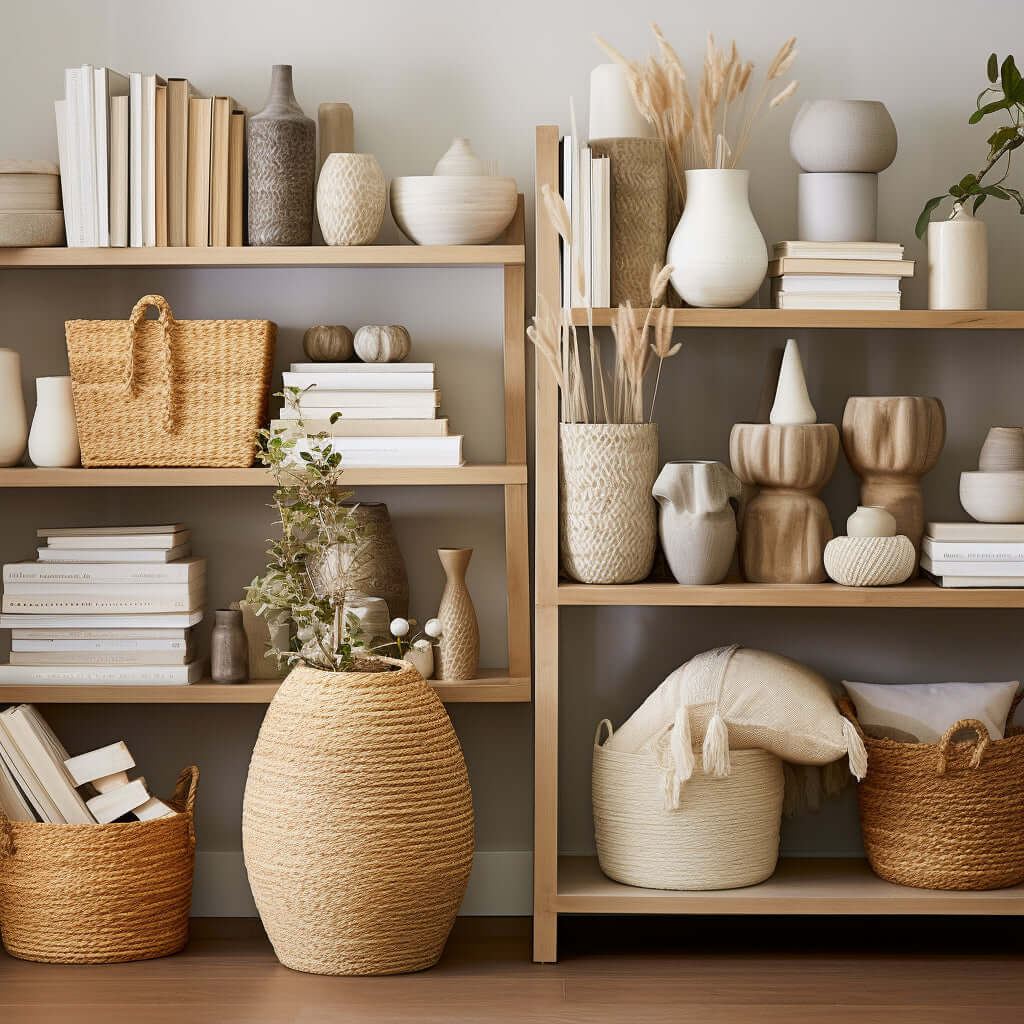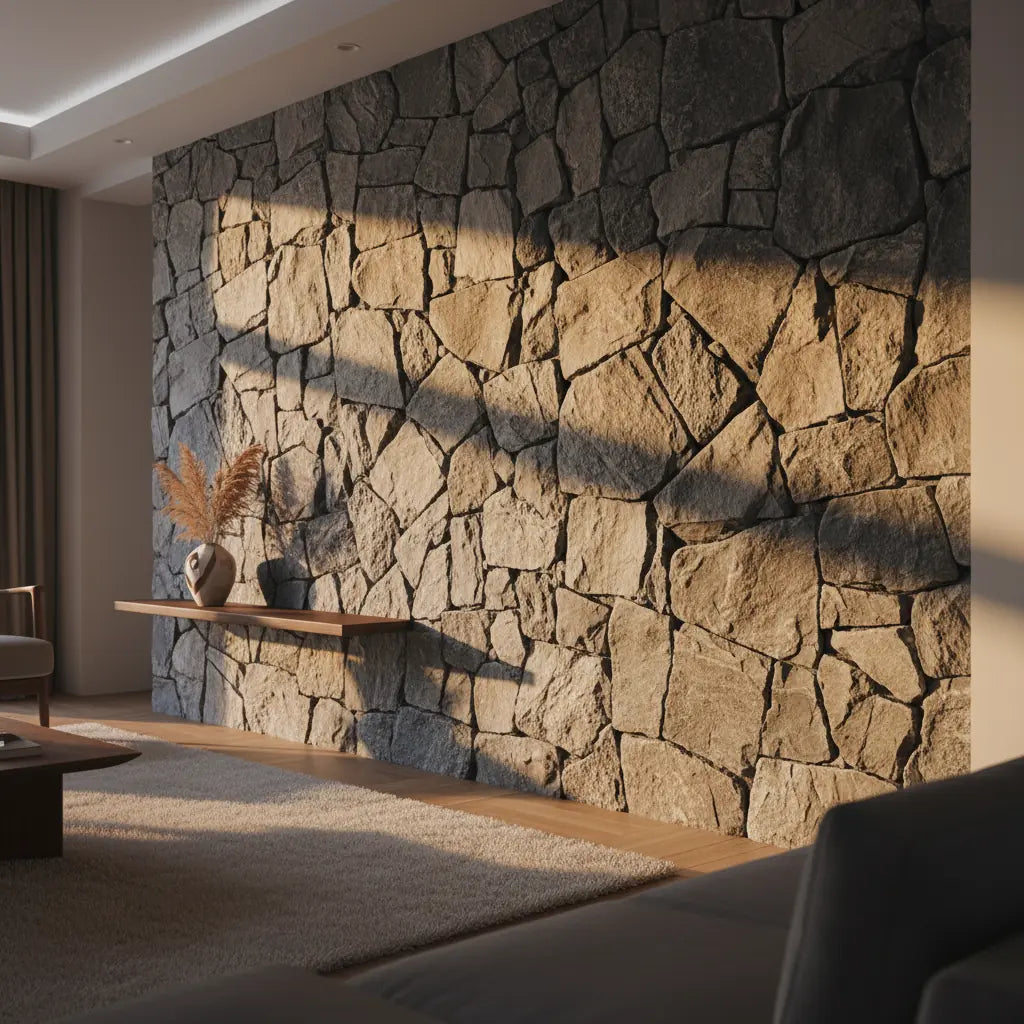Tidying is a learned skill, and one of the most important skills you need to have in order to have a good life. This means not only being clean but also saving time in dealing with your house and not losing things.
Understand Your Personal Approach to Tidying

Are you accord according to it you need to plan out for your mitigate your weaknesses and maximize your strengths. For example, instead of tidying when you have to plan out knowing your moves, which time is best to do it.
Let Go of the Past
You need to do things differently. We need to let go of the past.
You never can improve if you are always shaming yourself where you are. Therefore, it's crucial to let go of the past, step into the present, and move forward with your new habits.
Find Your Why
Together with letting go of the past, another key insight is to find your why. You will always be judging yourself by what you do because you don't do it well if you don't have a clear reason to do things. Write down all the reasons and benefits you gain by tidying.
You do things when you are lying your subconscious mind, which is the part of the mind that generates automatic thoughts, with the task that you want to do. Brainstorm reasons to make this align with the idea and get momentum.
Know What to Remove to Have a Tidy Home
You should keep only the items that make you happy and that are useful, using them often. If you have things gathering dust and not being used, it's time to let them go.
Be careful with having too many duplicates. Keep what you need and toss out the rest.
Be careful, especially with old papers. Check out the papers, see what you need, and let go of what is not needed. It's easy to procrastinate on this and gather a ton of paper, which attracts dust.
Declutter Regularly

Getting into the habit of cleaning often at the same time every day helps avoid the inertia of making a decision. The more planned and predictable your schedule is, the easier it is to follow. Start small if necessary.
Designate Homes
Organize your house by keeping things in similar places. The more organized you are, the easier it is to find the things you need when you need them.
Utilize Storage Solutions

Invest in storage items like baskets, shelves, and drawers to organize everything more efficiently. Choose designs that align with your home decor style.
Invest in Multi-Functional Furniture

Choose furniture pieces that can be used to store things and are compact, like a storage ottoman, a bed with built-in drawers, or a couch with hidden compartments. This helps maximize the use of your space and keeps your things organized without adding much more space.
For more inspiration on maximizing space in small apartments, check out our post: Maximizing Space: Brilliant Interior Ideas for Small Apartments.
Streamline Your Wardrobe

Go through your closet and have the courage to donate or sell all the things you don't wear. It's tempting to think that we need a lot of things and avoid throwing things away, but they accumulate and then it becomes uncomfortable. Grouping clothes of similar styles together helps in finding what you want quicker.
For more bedroom organization tips, check out our post on Japandi Style Ideas For Your Bedroom.
Create a Donation Station
Designate an area of your home for items you want to sell or give away. This prevents you from having all the items mixed and never actually getting rid of them.
Keep Surfaces Clear
Keep surfaces free of items on top to make it easy to clean afterwards. The more things you leave on top of furniture, the more you will have to move later.
Set a Timer
Set a specific amount of time every day for tidying. This will help prevent being overwhelmed and help you know when the task will end, which helps one be motivated to do it. You can also start small and build momentum and habit as you get more into the identity of somebody who's tidy.
Practice the 10-Minute Tidy
Take 10 minutes each day to quickly tidy up high-traffic areas in your home. This could involve putting away items, wiping down surfaces, or simply organizing belongings, making a noticeable difference in the overall tidiness of your space.
Use Drawer Dividers
Material Matters: Consider the type of drawer dividers that best suit your needs and aesthetics. Popular options include adjustable plastic dividers, woven baskets, or even DIY dividers made from cardboard or wood.
Compartmentalize Effectively: Think about how you use the drawer and create compartments accordingly. For utensil drawers, divide by tool type (spoons, spatulas, etc.), while sock drawers can benefit from dividers for each foot size or type (dress socks, athletic socks, etc.).
Labeling for Clarity: For deeper drawers with multiple layers of dividers, consider labeling each compartment for easy identification. This saves time searching and keeps everything organized.
Sort Mail Immediately
Designated Sorting Station: Create a specific area for dealing with mail, equipped with a trash can for junk mail, a recycling bin for paper waste, and a designated spot for important documents like bills and letters.
Schedule Mail Sorting: Integrate mail sorting into your daily routine, perhaps while making coffee in the morning or before bed at night. This prevents it from accumulating and becoming overwhelming.
Go Paperless (When Possible): Consider opting for digital statements and bills from service providers whenever possible. This significantly reduces paper clutter and makes managing finances easier.
Store Seasonal Items Out of Sight
Utilize Vertical Space: Take advantage of under-bed storage containers, shelving in closets, or even the space above cabinets to store out-of-season clothing and decorations. This keeps them protected while maximizing floor space.
Label Storage Containers: Clearly label storage containers for seasonal items to avoid the frustration of digging through unidentified boxes later.
Vacuum Bags for Bulky Items: For bulky seasonal items like winter coats or comforters, consider using vacuum storage bags to minimize their footprint while keeping them dust-free.
Digitize Paperwork
Scan important documents, receipts, and manuals, and store them digitally in a well-organized folder system. This not only reduces physical clutter but also makes it easier to access information whenever you need it.
Practice the "Touch it Once" Rule
Deal with items as soon as you pick them up. Instead of setting them down to deal with later, put them away, file them, or discard them immediately. This prevents procrastination and minimizes the accumulation of clutter.
Get Rid of Duplicates
Keep only one of each item unless you have a specific need for multiples. This applies to kitchen utensils, books, clothing, and other belongings, ensuring you're not holding onto unnecessary duplicates that could be decluttered.
If you're looking for more DIY craft ideas to declutter and add personal touches to your home, check out our post: 13 DIY Crafts for Every Room of Your Home.






